Home>Gardening & Outdoor>Outdoor Structures>How Much Wind Can An Awning Withstand
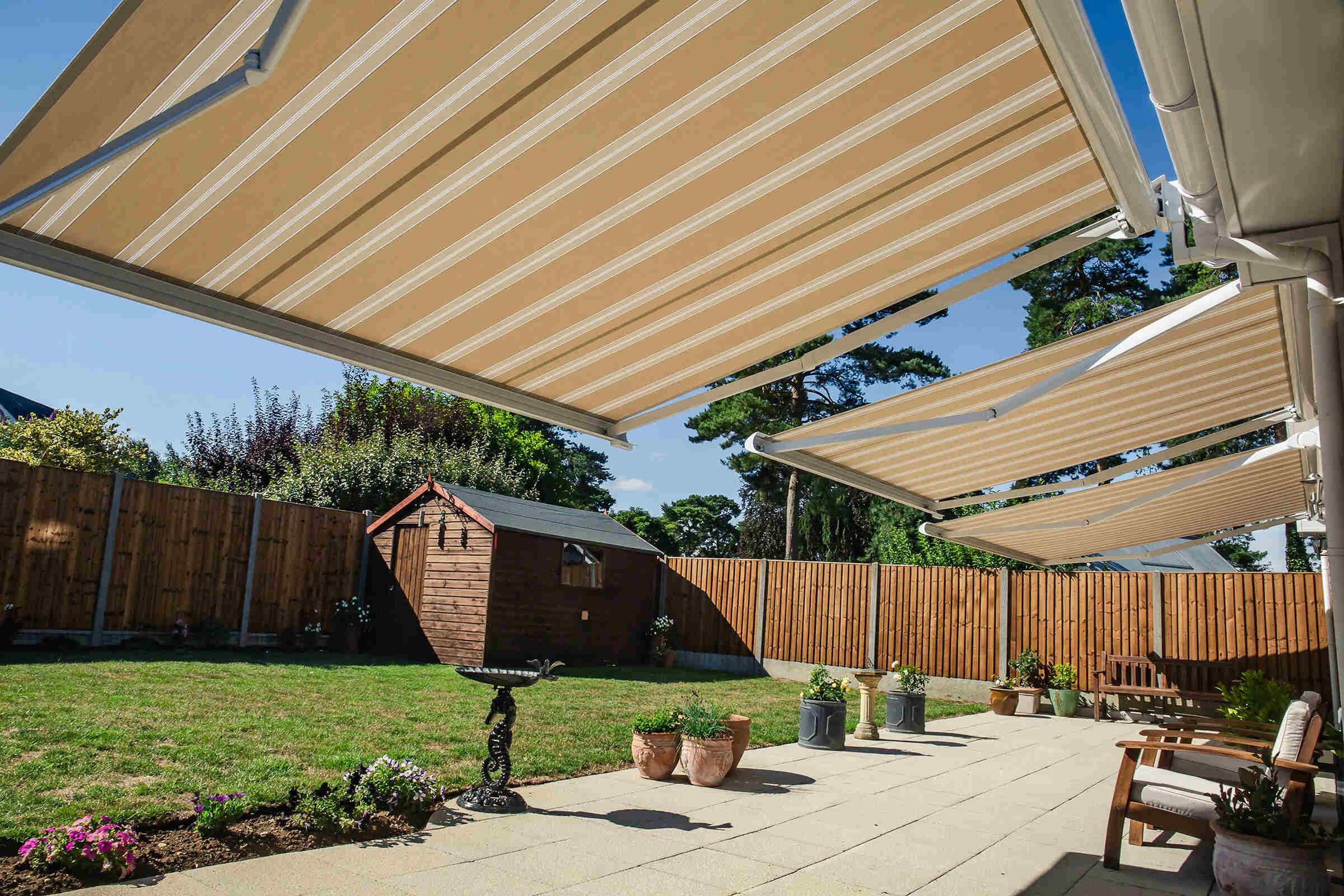

Outdoor Structures
How Much Wind Can An Awning Withstand
Published: January 30, 2024
Discover how outdoor structures like awnings can withstand different wind speeds. Learn how to choose the right awning for your outdoor space.
(Many of the links in this article redirect to a specific reviewed product. Your purchase of these products through affiliate links helps to generate commission for Storables.com, at no extra cost. Learn more)
Introduction
When it comes to enjoying the great outdoors from the comfort of your own property, awnings are a popular choice. These versatile structures not only provide shade and protection from the elements but also add aesthetic appeal to your outdoor space. However, one crucial aspect that homeowners often overlook is the wind resistance of their awnings.
Understanding the wind resistance of awnings is essential for ensuring their durability and safety, especially in areas prone to strong winds. This article delves into the factors that affect the wind resistance of awnings, design and construction considerations, wind testing and certification, as well as maintenance and care practices to enhance their ability to withstand wind forces.
Whether you're considering installing a new awning or want to assess the wind resistance of an existing one, this comprehensive guide will equip you with the knowledge needed to make informed decisions and ensure the longevity of your outdoor structure. So, let's explore the fascinating world of awnings and wind resistance to safeguard your outdoor comfort and enjoyment.
Key Takeaways:
- Awnings’ ability to withstand wind depends on factors like material quality, frame strength, and location. Understanding these factors helps homeowners choose durable awnings for their outdoor spaces.
- Regular maintenance, including inspections, cleaning, and storm preparation, is crucial for preserving awnings’ wind resistance and longevity. Following manufacturer guidelines ensures continued protection and enjoyment of outdoor areas.
Read more: How Much Wind Can Sliding Glass Doors Take
Factors Affecting Wind Resistance
Several key factors influence the wind resistance of awnings, determining their ability to withstand varying wind speeds and gusts. Understanding these factors is crucial in selecting the right awning for your specific location and ensuring its long-term performance.
- Material Quality: The quality of the awning fabric plays a significant role in its wind resistance. High-quality, durable materials, such as solution-dyed acrylic fabrics, are engineered to withstand wind forces and maintain their structural integrity over time.
- Frame Strength: The strength and rigidity of the awning’s frame are critical for wind resistance. A sturdy frame, typically constructed from materials like aluminum or steel, provides the necessary support to withstand wind loads without buckling or bending.
- Size and Shape: The size and shape of an awning directly impact its wind resistance. Larger awnings and those with more projection are inherently exposed to greater wind forces. Additionally, the design, including the angle and pitch, can influence how wind flows around the structure.
- Installation Method: Proper installation is essential for optimizing wind resistance. Awnings should be securely anchored to the building or supporting structure using appropriate hardware and fasteners to prevent uplift during windy conditions.
- Location and Climate: The geographical location and prevailing weather conditions of a specific area significantly affect the wind resistance requirements for awnings. Coastal regions, for example, may experience stronger and more frequent winds than inland areas, necessitating higher wind resistance capabilities.
- Wind Load Calculations: Professional assessment of wind loads based on local building codes and regulations is essential in determining the appropriate wind resistance needed for an awning. Factors such as wind speed, exposure category, and building height are considered in these calculations.
By considering these factors, homeowners and property owners can make informed decisions when selecting awnings with the necessary wind resistance to withstand the environmental conditions of their specific location. The next section will delve into the design and construction considerations that contribute to enhancing the wind resistance of awnings.
Design and Construction Considerations
When it comes to ensuring the wind resistance of awnings, meticulous design and construction are paramount. From material selection to structural engineering, several considerations influence the ability of an awning to withstand wind forces effectively.
Material Selection: High-quality, weather-resistant materials are the foundation of a wind-resistant awning. The fabric should be durable, UV-resistant, and treated to repel water, ensuring it can endure various weather conditions without compromising its integrity.
Frame Construction: The frame of the awning plays a critical role in its ability to withstand wind loads. Whether constructed from aluminum, steel, or other robust materials, the frame should be engineered to provide optimal support and structural stability, even under windy conditions.
Reinforcement and Bracing: Strategic reinforcement and bracing within the awning’s structure enhance its ability to resist wind forces. This may include additional support bars, cross braces, and other reinforcement elements to fortify the frame and prevent excessive swaying or movement during windy weather.
Wind-Resistant Design Features: The design of the awning should incorporate features that minimize wind resistance, such as aerodynamic shapes, rounded edges, and streamlined profiles. Additionally, adjustable pitch and tensioning systems can optimize the awning’s performance in varying wind conditions.
Engineering Standards Compliance: Awnings designed and constructed in adherence to industry engineering standards and building codes are more likely to exhibit superior wind resistance. Compliance with relevant regulations ensures that the awning is structurally sound and capable of withstanding anticipated wind loads.
Professional Installation: Proper installation by experienced professionals is imperative for maximizing the wind resistance of awnings. Ensuring secure attachment to the building or supporting structure, as well as precise tensioning of the fabric, contributes to the overall stability and performance of the awning in windy conditions.
By prioritizing these design and construction considerations, homeowners can invest in awnings that are not only aesthetically pleasing but also engineered to withstand the challenges posed by wind and weather. The next section will explore the process of wind testing and certification, providing insight into how awnings are evaluated for their wind resistance capabilities.
When choosing an awning, look for one that is designed to withstand wind speeds of at least 20-25 mph. Make sure it is properly installed and maintained to ensure it can handle strong winds.
Wind Testing and Certification
Before an awning is deemed suitable for installation, it typically undergoes rigorous wind testing to evaluate its resistance to various wind speeds and conditions. This testing process, often conducted by accredited facilities, provides valuable insight into the awning’s performance and guides the certification of its wind resistance capabilities.
Wind Tunnel Testing: Wind tunnel testing is a common method used to assess an awning’s response to wind forces. By subjecting the awning to simulated wind conditions within a controlled environment, engineers can measure its deflection, vibration, and overall stability, providing crucial data for evaluating its wind resistance.
Performance Criteria: During wind testing, awnings are evaluated based on specific performance criteria, including deflection limits, structural integrity, and resistance to uplift and dynamic wind loads. These criteria help determine the awning’s suitability for withstanding wind forces without compromising safety or functionality.
Certification Standards: Awnings that meet the prescribed performance criteria in wind testing may receive certification from relevant industry organizations or regulatory bodies. This certification serves as a testament to the awning’s verified wind resistance capabilities and provides assurance to consumers regarding its reliability in windy conditions.
Rating Systems: Some awning manufacturers utilize rating systems to communicate the wind resistance of their products effectively. These ratings, often expressed in terms of maximum wind speed tolerances, help consumers make informed decisions based on the anticipated wind conditions in their specific location.
Compliance and Documentation: Certified awnings are accompanied by documentation that outlines their wind resistance ratings, testing methodologies, and compliance with industry standards. This information empowers consumers to select awnings that align with the wind resistance requirements of their geographical area.
By considering wind testing and certification when choosing an awning, homeowners can confidently invest in a structure that has been rigorously evaluated for its ability to withstand wind forces, providing peace of mind and long-term reliability. The following section will delve into maintenance and care practices that can further enhance the wind resistance and longevity of awnings.
Maintenance and Care for Wind Resistance
Proper maintenance and care practices are essential for preserving the wind resistance and overall integrity of awnings. By implementing routine maintenance measures and exercising caution during inclement weather, homeowners can prolong the lifespan of their awnings and optimize their ability to withstand wind forces.
Regular Inspections: Periodic inspections of the awning, including the fabric, frame, and attachment points, are crucial for identifying any signs of wear, damage, or loosening. Addressing issues promptly can prevent minor concerns from escalating and compromising the awning’s wind resistance.
Cleaning and Mildew Prevention: Keeping the awning clean and free from debris, dirt, and organic matter is vital for preventing mold and mildew growth, which can weaken the fabric and diminish its wind resistance over time. Regular cleaning using mild soap and water, as well as proper ventilation, can mitigate these risks.
Hardware Maintenance: The hardware components, such as fasteners, brackets, and tensioning systems, should be inspected for tightness, corrosion, and structural integrity. Lubrication of moving parts and replacement of worn or damaged hardware can contribute to the overall stability of the awning in windy conditions.
Storm Preparation: Prior to forecasted storms or high-wind events, taking proactive measures to secure the awning, such as retracting it if applicable or reinforcing attachment points, can minimize potential damage and prolong its lifespan. Being proactive in storm preparation is key to preserving the awning’s wind resistance.
Professional Maintenance: Engaging professional awning maintenance services, including tension adjustments, structural inspections, and fabric treatments, can further enhance the wind resistance and longevity of the awning. Experienced professionals can identify and address maintenance needs effectively.
Documentation and Guidelines: Adhering to the manufacturer’s maintenance guidelines and recommendations is essential for optimizing the wind resistance of the awning. Following prescribed care practices and avoiding misuse or neglect can significantly impact the awning’s ability to withstand wind forces.
By incorporating these maintenance and care practices into their routine, homeowners can safeguard the wind resistance and durability of their awnings, ensuring continued protection and enjoyment of their outdoor spaces. As we conclude our exploration of awnings and wind resistance, it’s clear that a proactive approach to maintenance is integral to maximizing the longevity and performance of these outdoor structures.
Read more: What Temperature Can Brick Withstand
Conclusion
As we’ve delved into the realm of awnings and their wind resistance, it becomes evident that these outdoor structures are not only functional and aesthetically pleasing but also engineered to withstand the forces of nature. Whether it’s the material quality, frame construction, or adherence to industry standards, every aspect contributes to the overall wind resistance of an awning.
Understanding the factors that influence wind resistance, such as material quality, frame strength, and wind load calculations, empowers homeowners to make informed decisions when selecting awnings for their outdoor spaces. By considering the geographical location, prevailing climate, and anticipated wind conditions, individuals can invest in awnings that are tailored to withstand the specific challenges posed by their environment.
Furthermore, the meticulous design and construction considerations, including material selection, frame engineering, and compliance with industry standards, underscore the importance of precision and quality in enhancing the wind resistance of awnings. Professional installation and strategic reinforcement play pivotal roles in ensuring that awnings are equipped to withstand varying wind speeds and gusts without compromising their structural integrity.
Wind testing and certification provide an objective means of evaluating an awning’s wind resistance capabilities, offering consumers assurance regarding its performance in windy conditions. By seeking certified awnings that align with their geographical wind loads, homeowners can confidently enhance the safety and longevity of their outdoor spaces.
Lastly, the implementation of maintenance and care practices, including regular inspections, cleaning, and storm preparation, is integral to preserving the wind resistance and overall durability of awnings. By prioritizing proactive maintenance and adhering to manufacturer guidelines, homeowners can optimize the performance and longevity of their awnings, ensuring continued protection and enjoyment of their outdoor areas.
In conclusion, the synergy of design, construction, testing, and maintenance culminates in the creation of awnings that not only provide shade and shelter but also stand resilient against the forces of nature. By embracing the principles of wind resistance, homeowners can elevate their outdoor experiences, knowing that their awnings are steadfast guardians, offering comfort and protection in the face of the elements.
Frequently Asked Questions about How Much Wind Can An Awning Withstand
Was this page helpful?
At Storables.com, we guarantee accurate and reliable information. Our content, validated by Expert Board Contributors, is crafted following stringent Editorial Policies. We're committed to providing you with well-researched, expert-backed insights for all your informational needs.
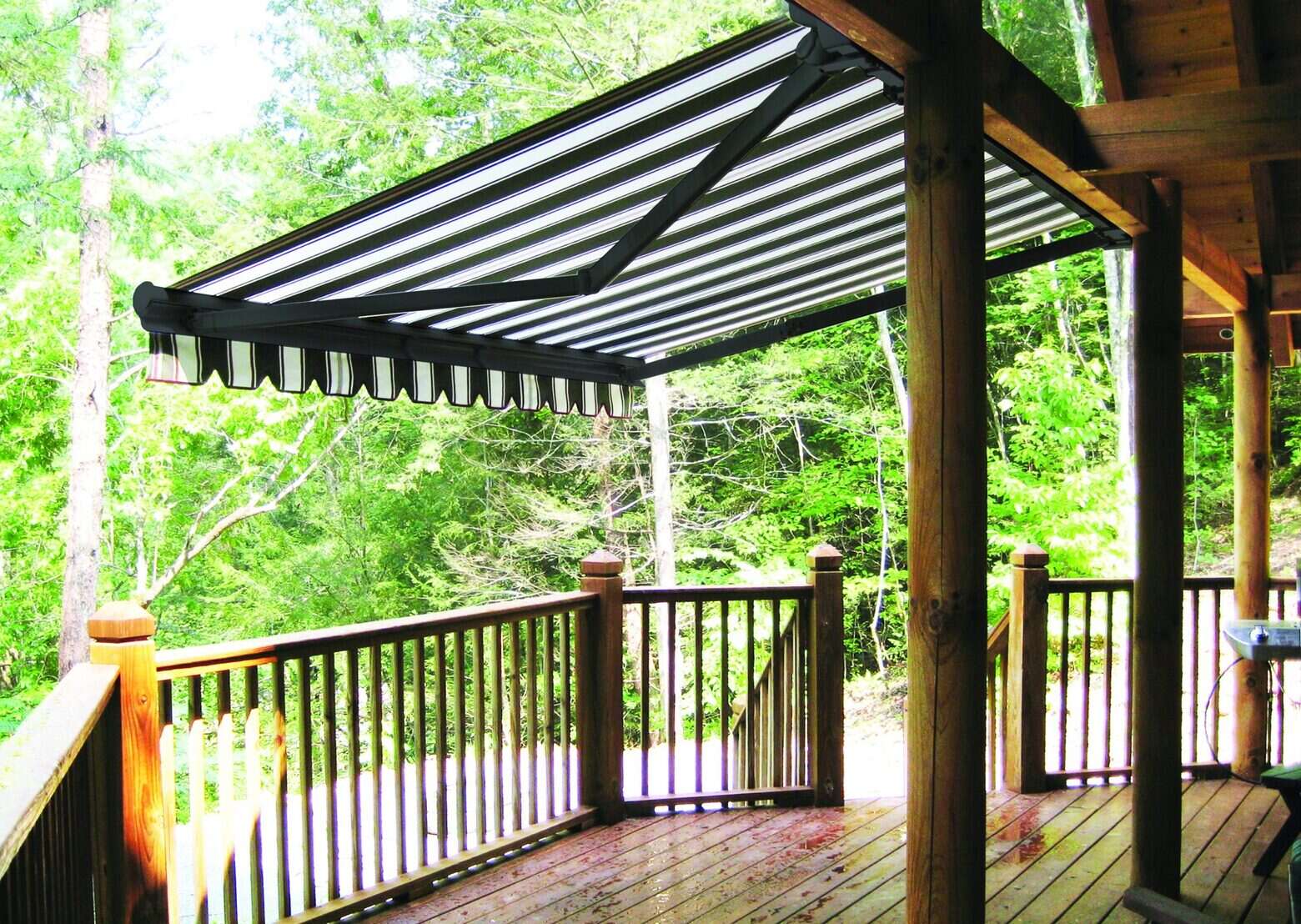

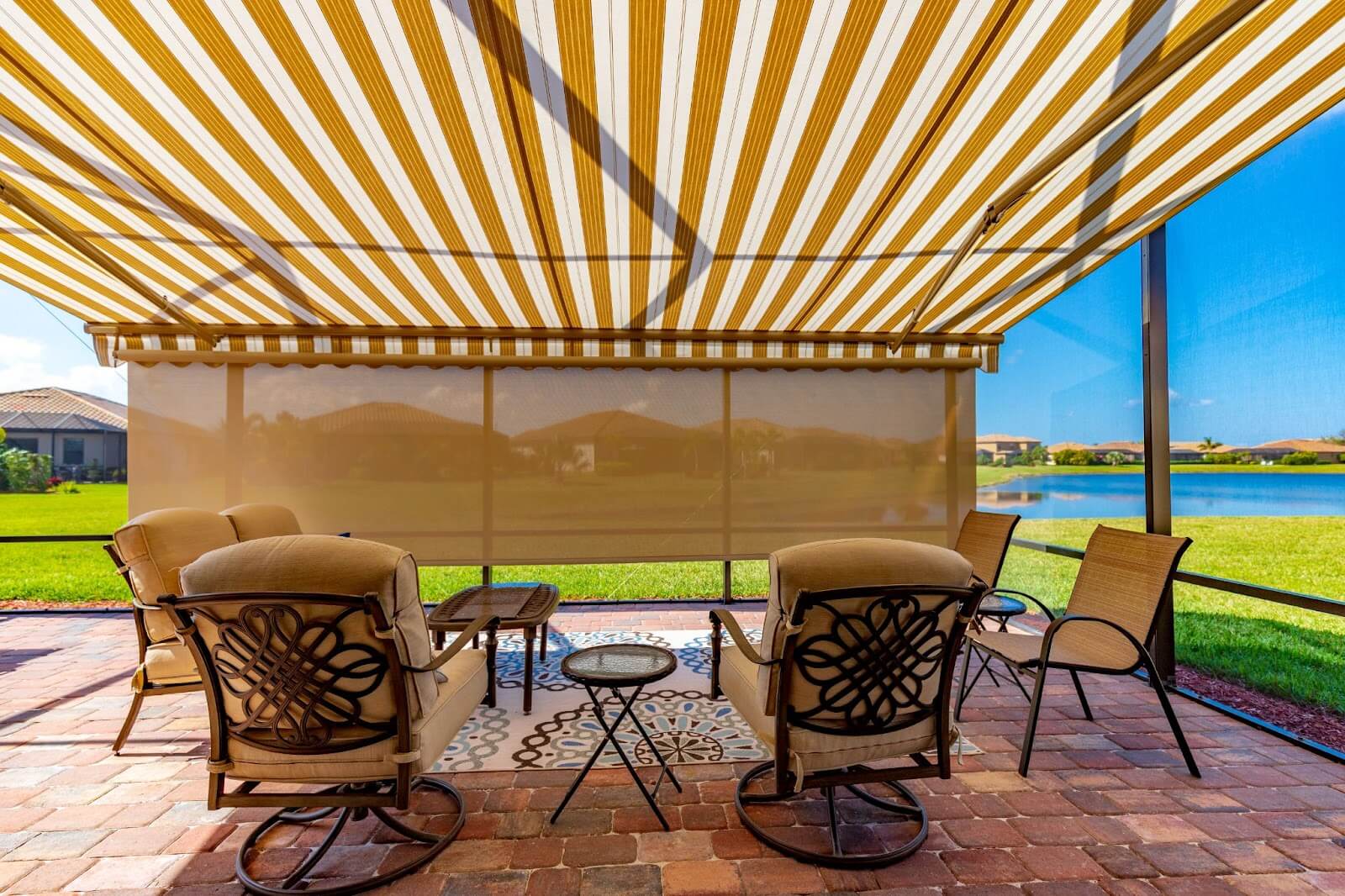
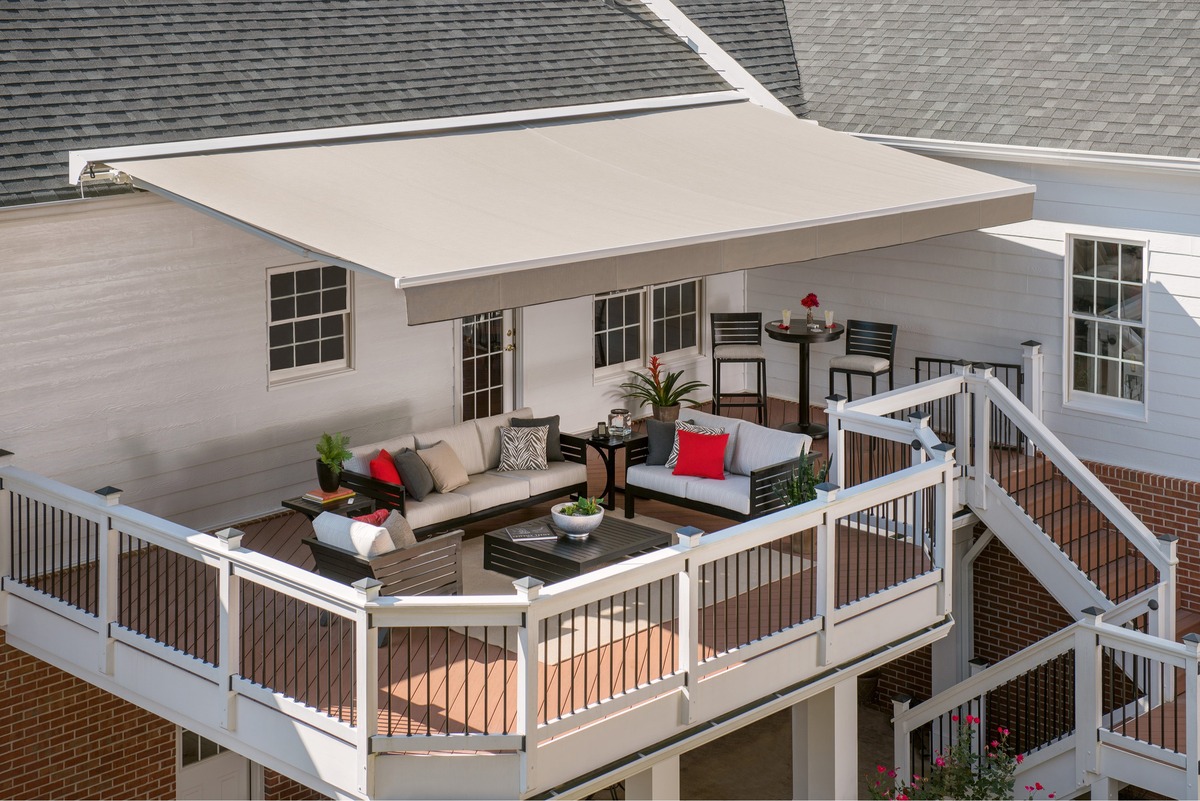
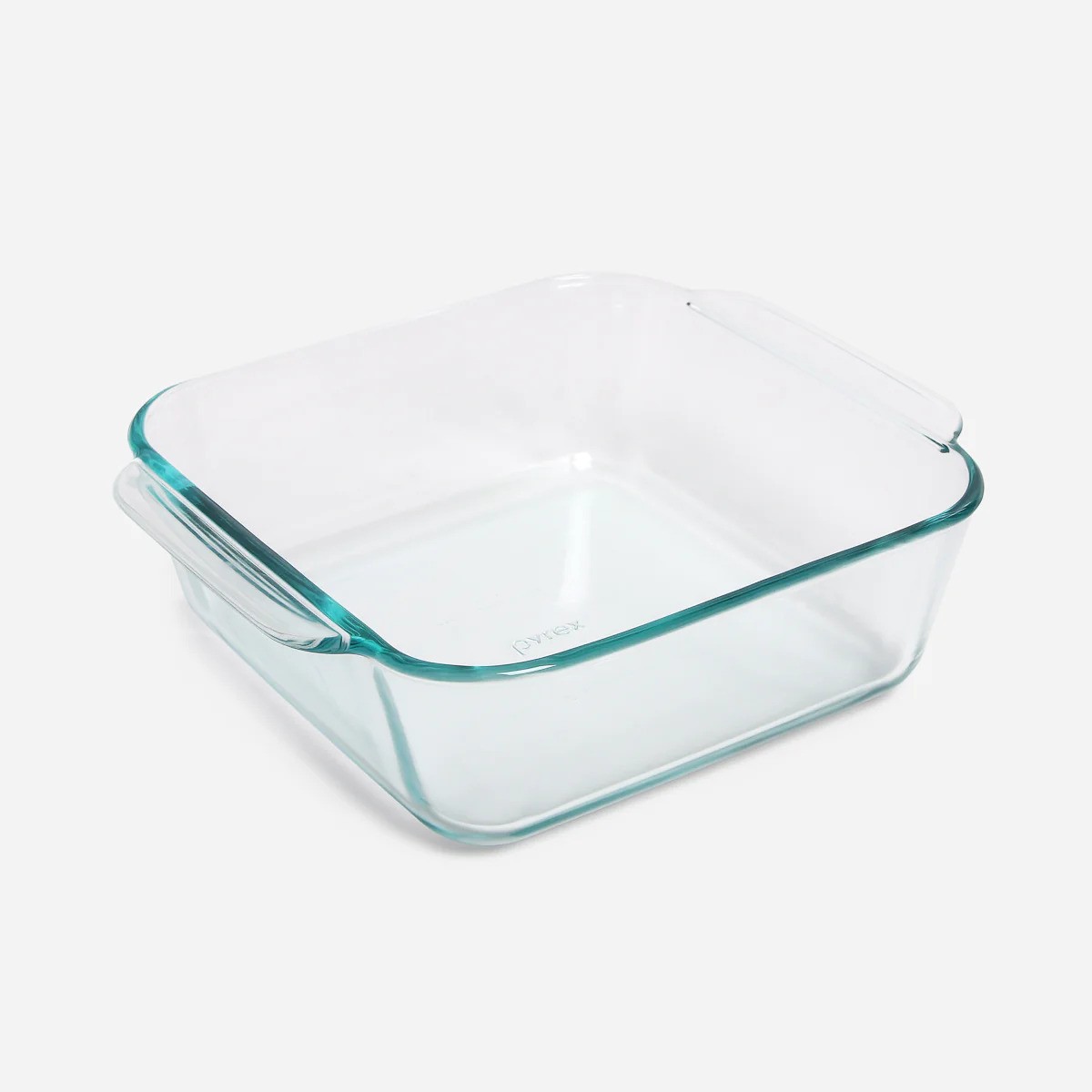
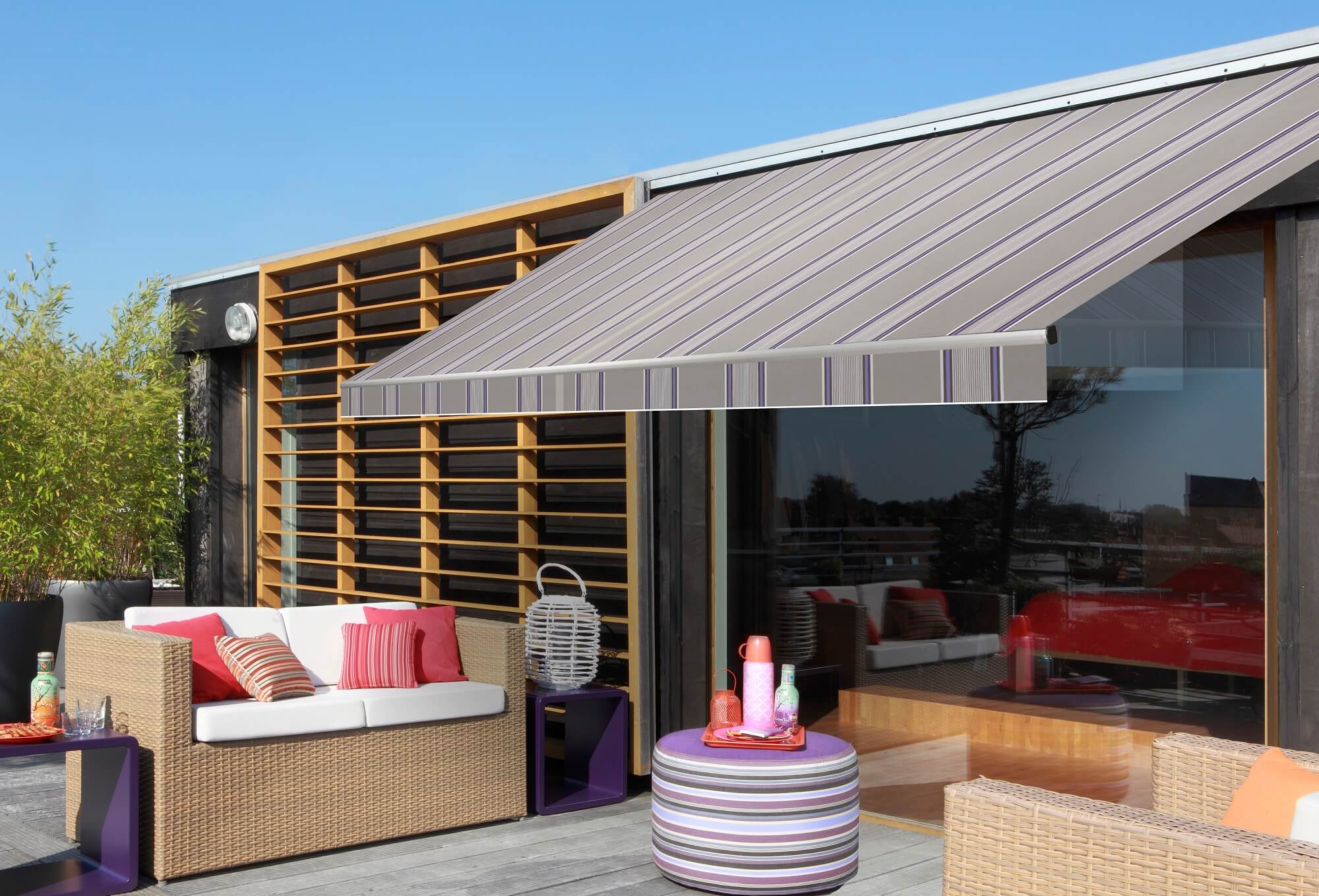
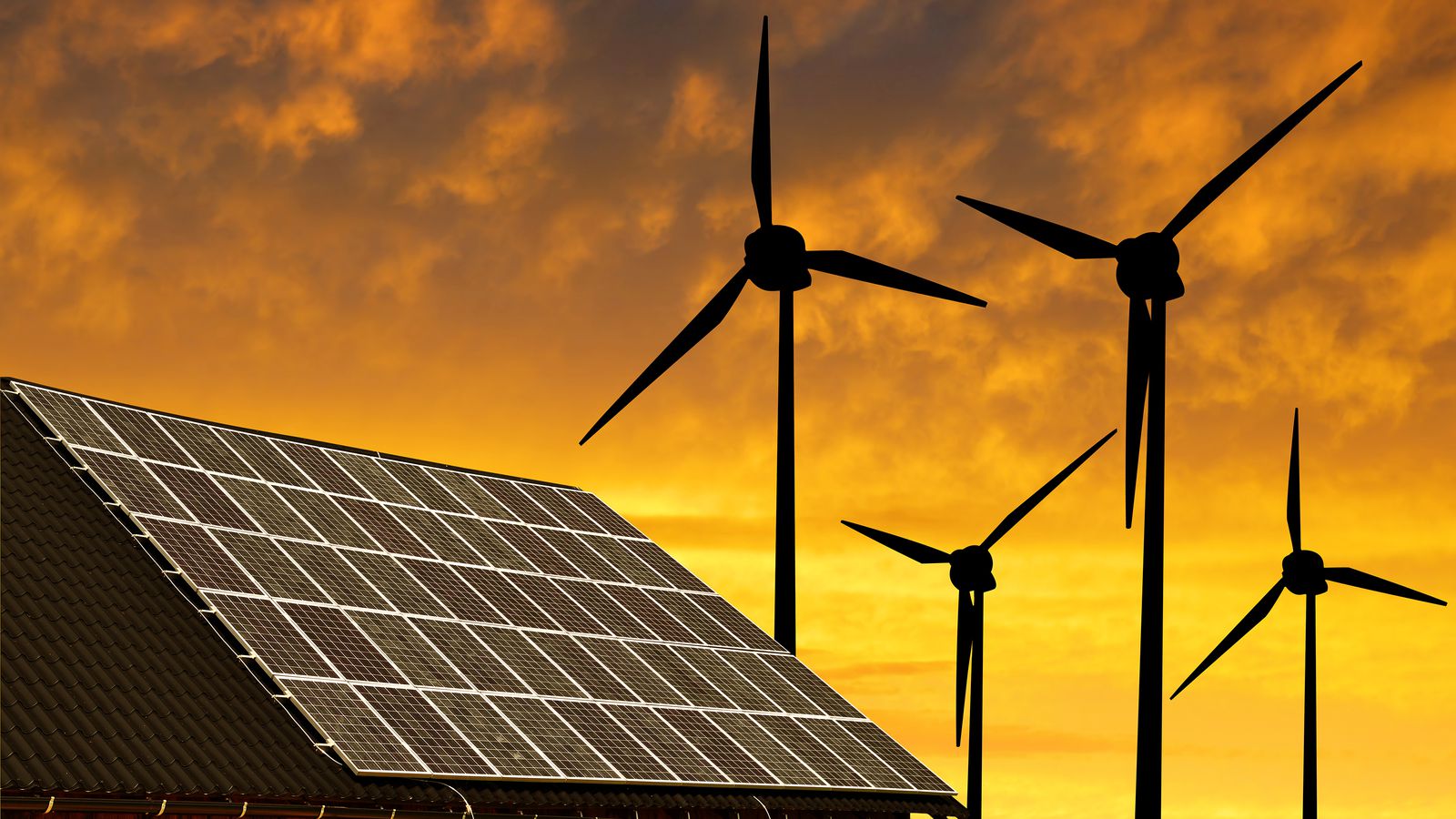
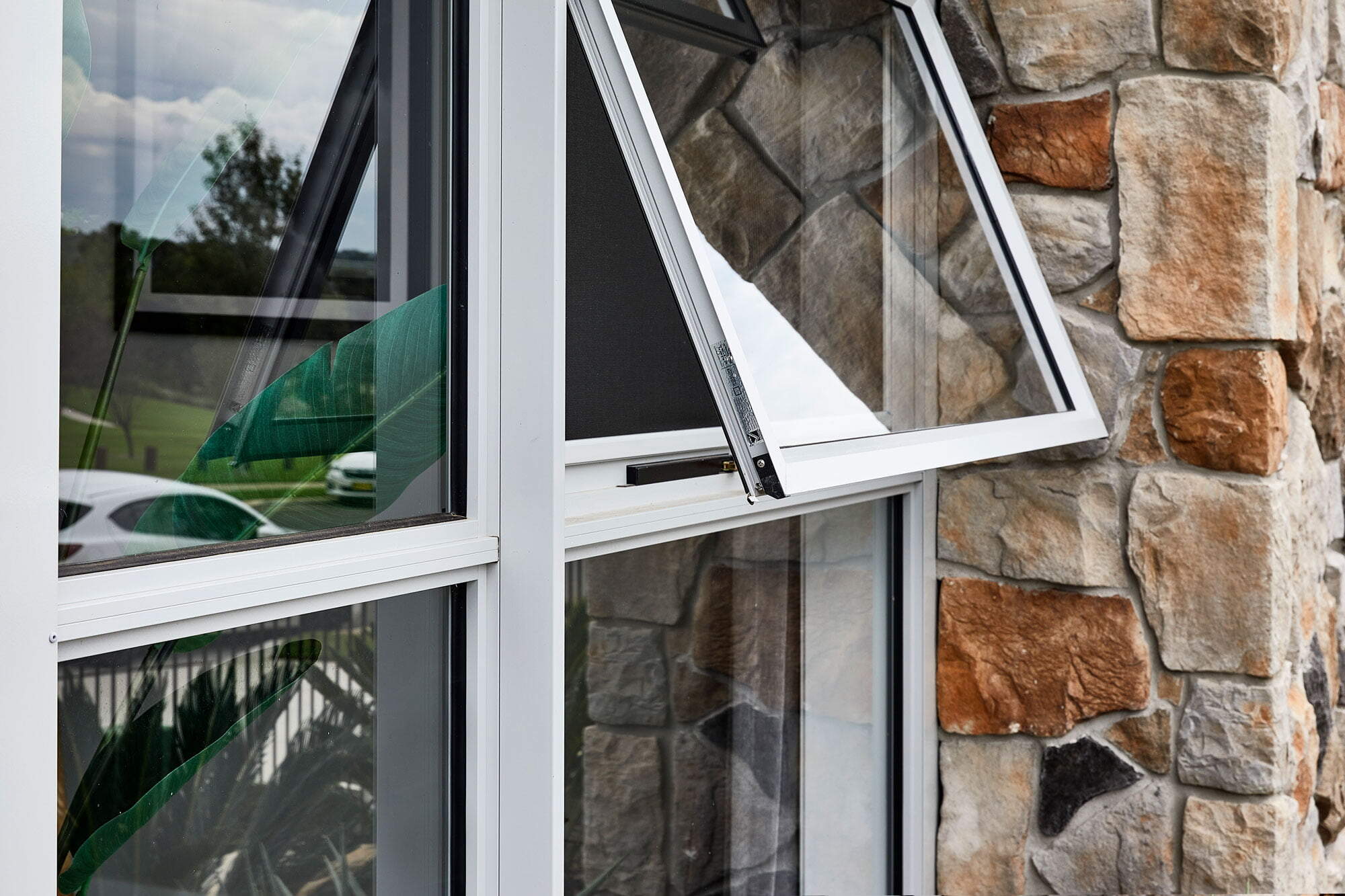
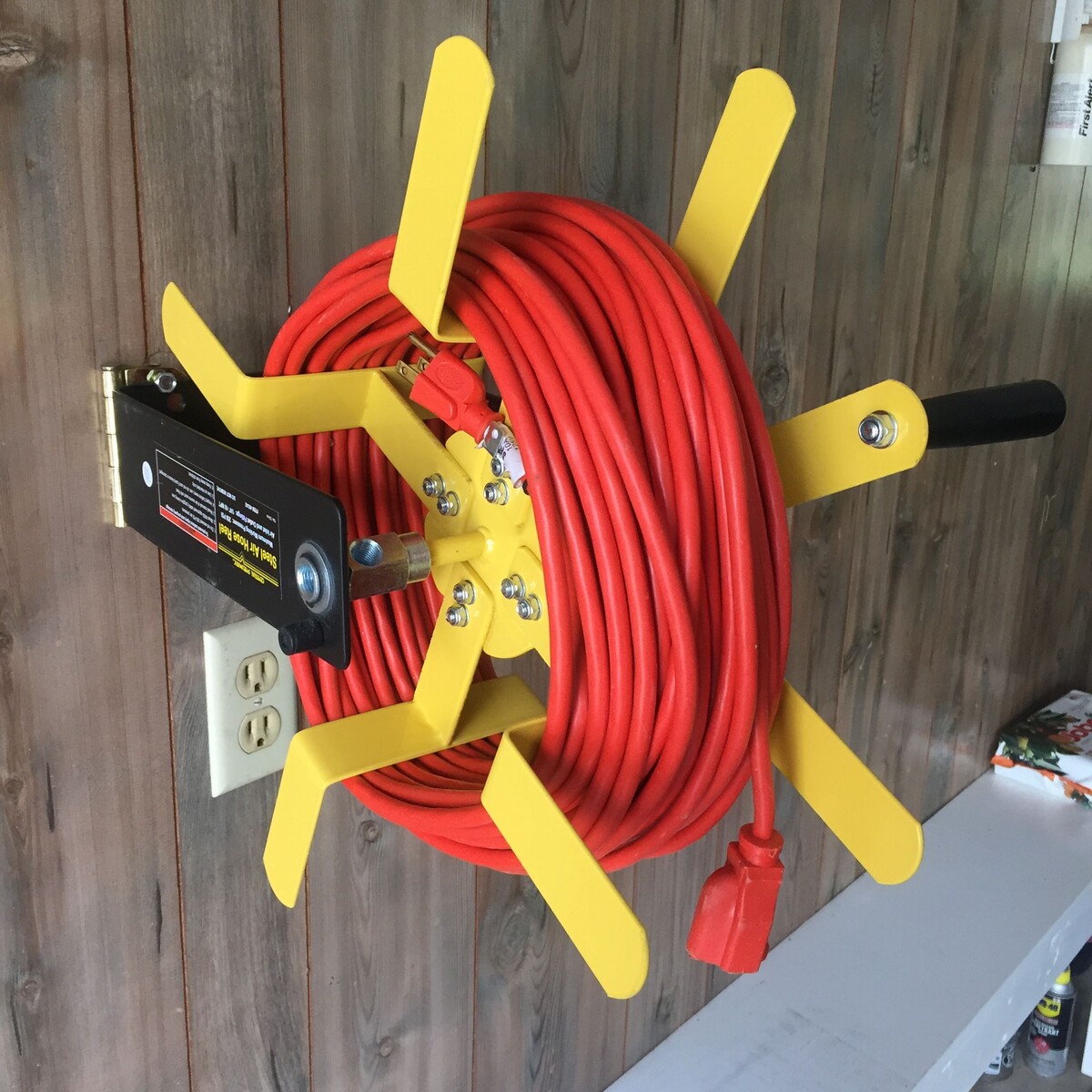
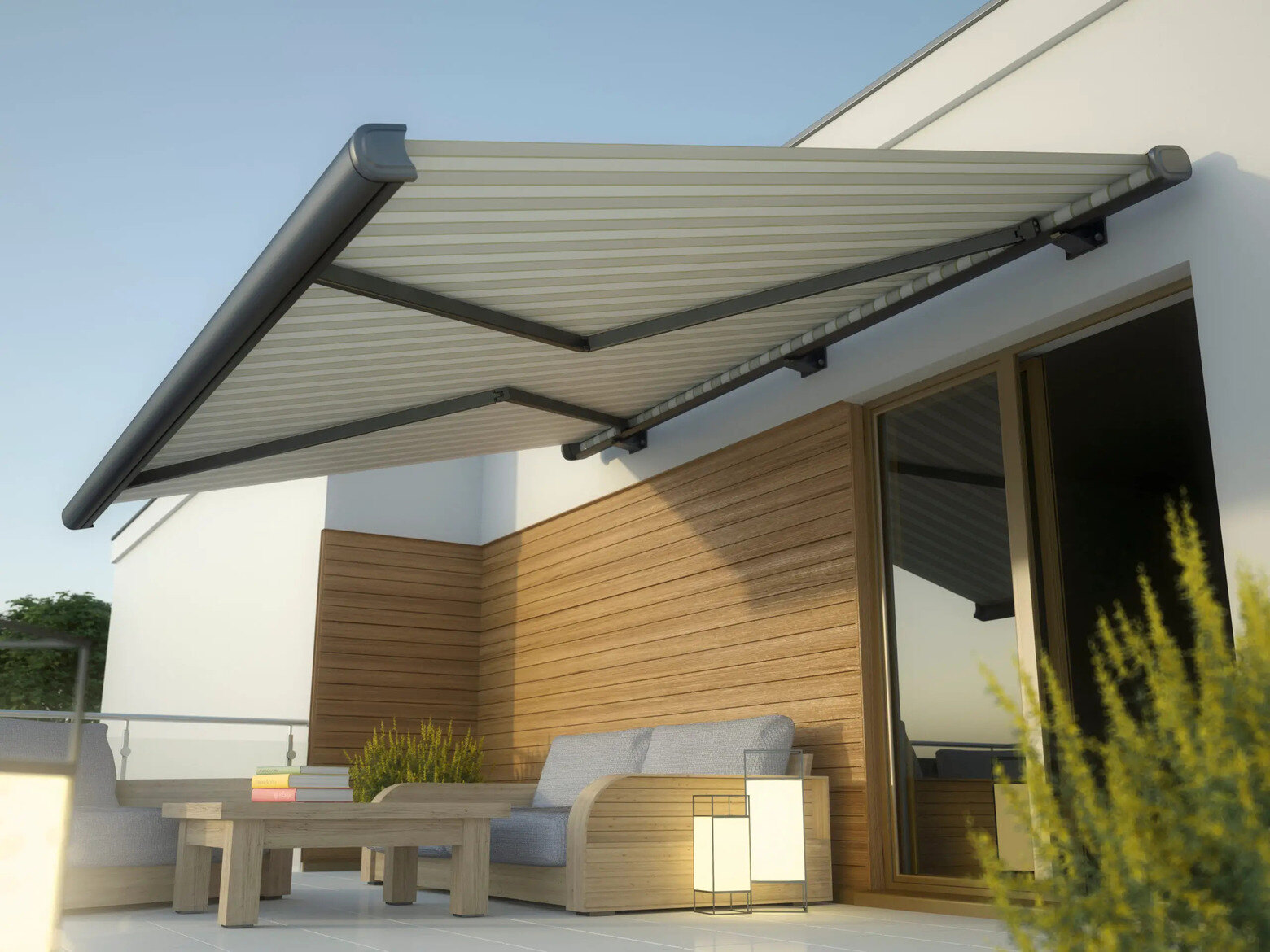


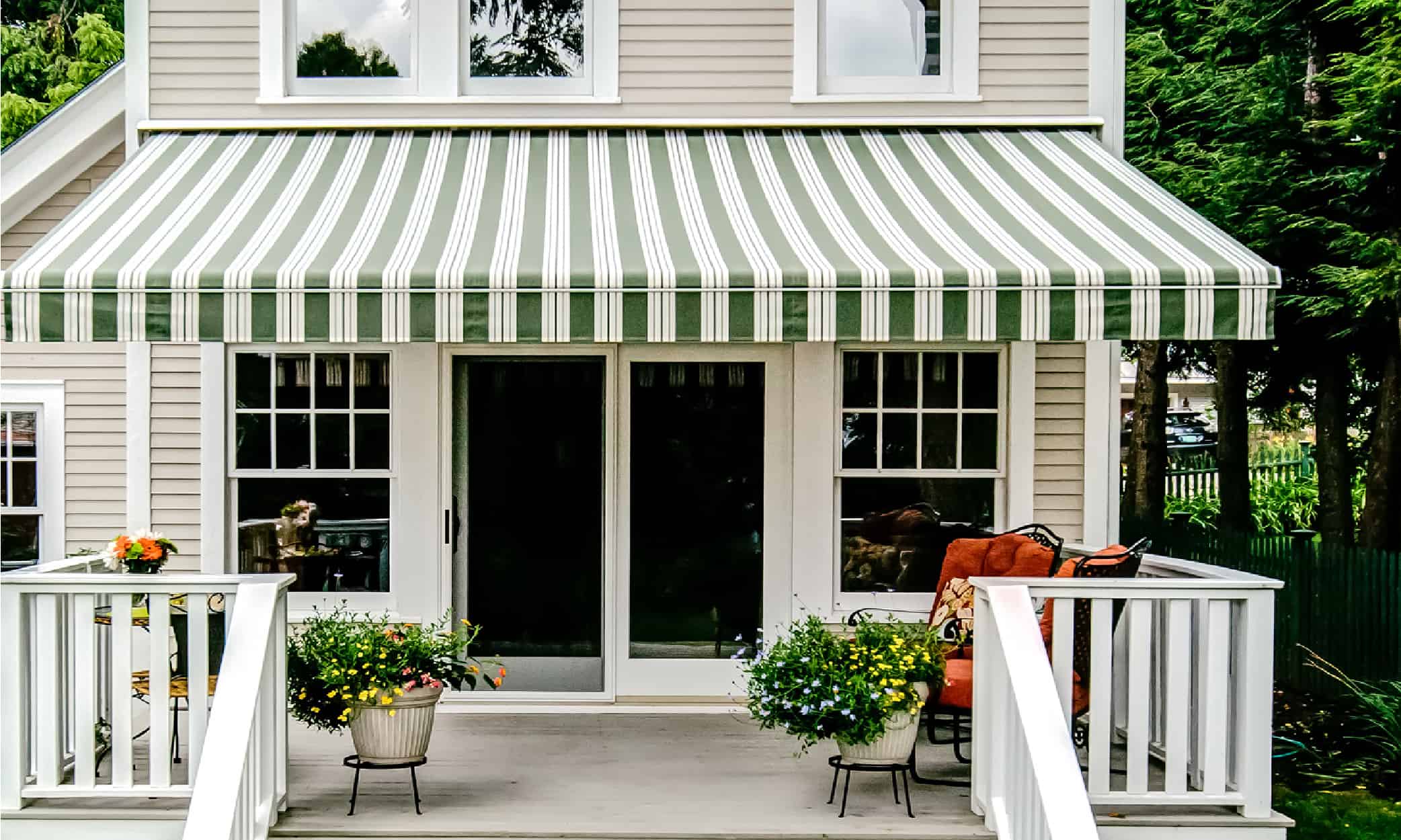
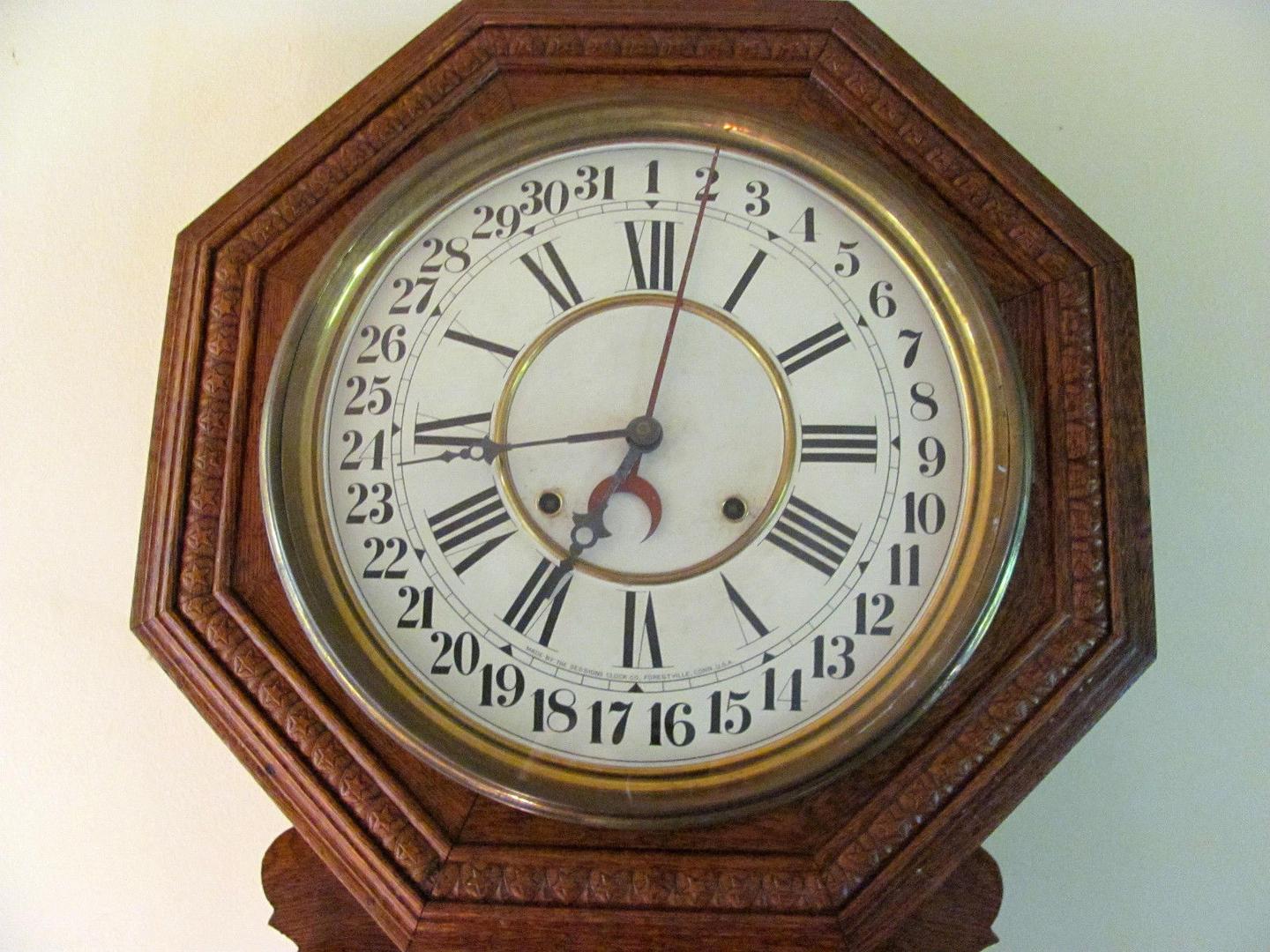

0 thoughts on “How Much Wind Can An Awning Withstand”